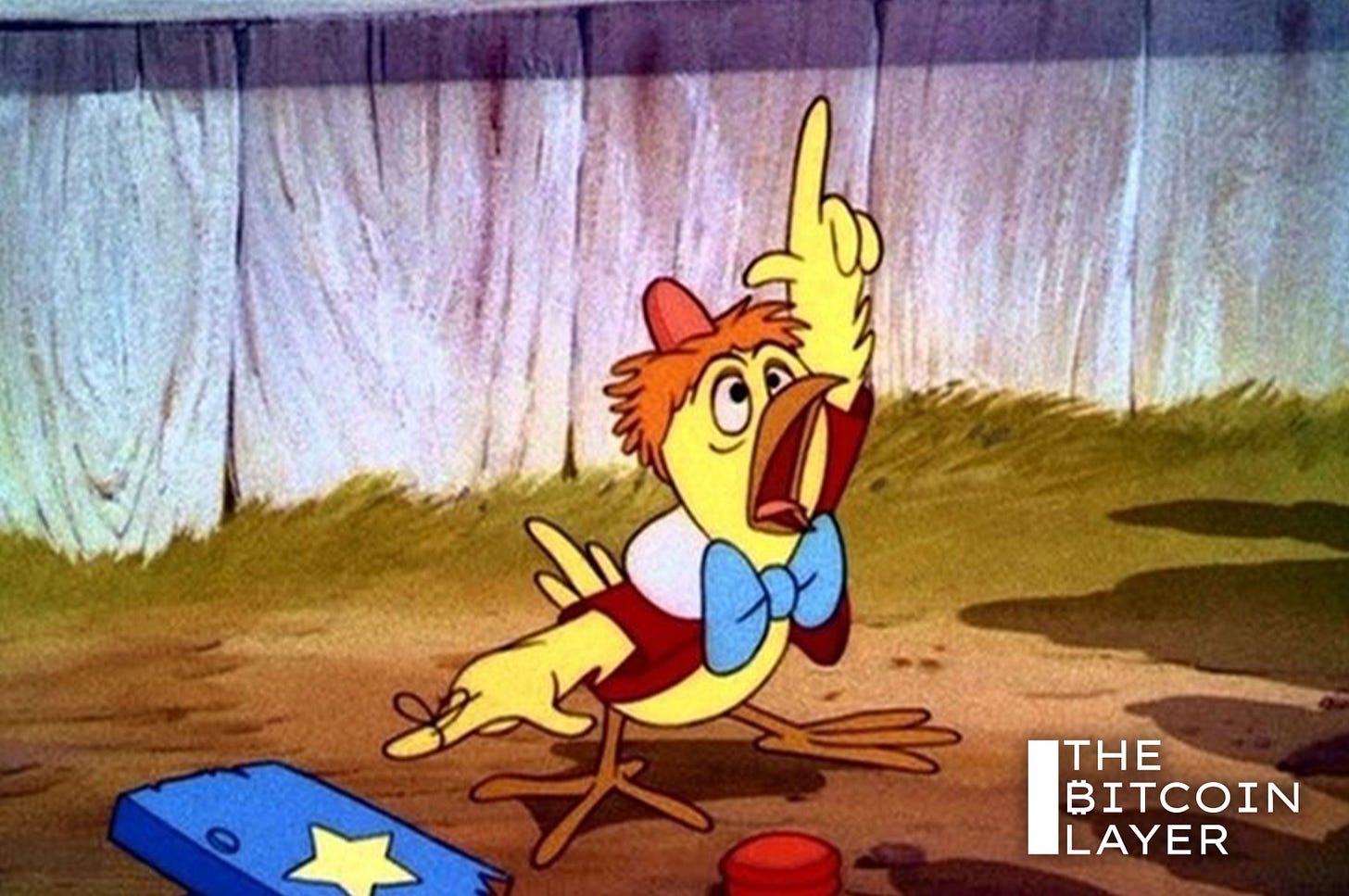Understanding Reverse Repo (RRP)
With this Federal Reserve facility falling sharply below $1 trillion, we try to clear up what it means for markets.
Dear readers,
Unemployment claims have finally entered “spiking” territory, and Industrial Production statistics have fallen deeper into contraction territory. Things aren’t going great, it appears, throughout the economy. But for valid reasons, investors seem to be more focused on falling liquidity. The Fed’s RRP, or reverse repurchase (repo) facility, now dominates the conversation. Is the sky falling now that this facility plummets below $1 trillion? First, we must explain to you what it is, and how it fits into money markets.
River is the Bitcoin exchange of choice for the long-term investor.
Securely buy Bitcoin at the tightest spreads in the industry, have peace of mind thanks to their 100% full-reserve cold storage custody, and enjoy zero fees on recurring orders. Need help? They have US-based phone support for all clients.
Invest in Bitcoin with confidence at River.com/TBL
What is it, how did it come about, and how does it impact markets?
Let’s start with a simple explanation of the facility, its history, and importantly its place within the Fed’s balance sheet.
If you need a better history of the evolution of the Fed’s monetary tools, consider a Layered Money refresher, specifically in chapters 5 and 6, in which the progression to the backing of both the offshore dollar system and the Treasury-collateralized dollar market (repo) is described.
After a crisis in 2019, during which the Fed had to step in and provide funding to Treasury holders (banks, hedge funds via banks), it became clear that this market for dollars needed better guarantees. A standing repo facility was started by the Fed—in that facility, any eligible party holding Treasuries could come to the Fed to post those Treasuries as collateral and borrow cash. This type of borrowing is most common at primary dealers, the banks that help grease the system of Treasury issuance by moving securities.
A standing repo facility solves the emergency borrowing problem, but what about those with cash, willing to provide it in the repo market?





